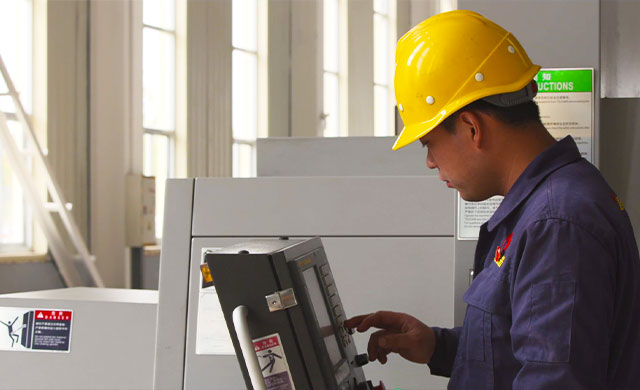
Dec . 23, 2024 12:03
Back to list
Natural Gas Distribution Facilities for Efficient Energy Supply and Management Solutions
Natural Gas Distribution Stations The Backbone of Energy Supply
Natural gas has emerged as one of the most crucial energy sources in today's modern world. Its versatility and relatively clean-burning properties make it an ideal choice for heating, electricity generation, and as a feedstock for various industrial processes. At the heart of this extensive energy network are natural gas distribution stations, which play a pivotal role in ensuring that this vital resource reaches end-users efficiently and safely.
Understanding Natural Gas Distribution Stations
Natural gas distribution stations are facilities that facilitate the delivery of natural gas from high-pressure transmission pipelines to lower-pressure distribution systems. These stations are strategically located throughout cities and towns, serving as intermediary hubs that ensure reliable gas supply to homes, businesses, and industries.
Typically, the process begins at a gathering point, where natural gas is collected from production sites. The gas is then transported through an extensive network of pipelines. As it approaches urban areas, distribution stations decrease the pressure of the gas, making it safe for everyday consumption. This involves a set of complex processes, including metering, odorization, and pressure regulation, all aimed at ensuring that the gas is in a suitable condition for use.
The Role of Technology
Advancements in technology have significantly enhanced the efficiency and safety of natural gas distribution. Modern distribution stations are equipped with advanced monitoring systems that allow operators to track gas flow, pressure levels, and overall system health in real time. This technology is critical for preventing leaks and ensuring the integrity of the gas supply network. Additionally, automation and remote control systems enable quicker responses to emergencies, minimizing the risk of accidents.
Odorization—the process of adding a distinct smell to natural gas—serves as a safety measure that alerts users to potential leaks
. This critical safety feature, combined with regular inspections and maintenance protocols, helps safeguard both people and property from the hazards associated with natural gas.natural gas distribution station

Environmental Considerations
While natural gas is regarded as a cleaner alternative to other fossil fuels, its distribution does come with environmental considerations. Methane, the primary component of natural gas, is a potent greenhouse gas. Addressing potential leaks in the distribution network is therefore a primary focus for operators. By investing in leak detection technology and adopting best practices for maintenance and operation, distribution stations can significantly reduce their environmental footprint.
Furthermore, the transition towards renewable energy sources has led some distribution companies to explore partnerships with alternative energy providers. By integrating biogas and other sustainable options into existing distribution networks, these companies are working towards a more sustainable energy future.
Community Impact
Natural gas distribution stations also play a significant role in local economies. They create jobs, not just within the stations, but throughout the supply chain, from the extraction of gas to distribution and maintenance. Additionally, a reliable natural gas supply supports various industries, from manufacturing to food production, contributing to the overall economic health of communities.
Conclusion
Natural gas distribution stations are fundamental to the efficiency and reliability of the modern energy landscape. With ongoing technological advancements and an increasing focus on sustainability, these stations are evolving to meet the energy demands of today while anticipating the needs of tomorrow. As society continues to seek cleaner and more efficient energy solutions, the role of natural gas distribution stations will remain critical in driving this transition and ensuring that communities have access to the energy they need.
Latest news
-
Safety Valve Spring-Loaded Design Overpressure ProtectionNewsJul.25,2025
-
Precision Voltage Regulator AC5 Accuracy Grade PerformanceNewsJul.25,2025
-
Natural Gas Pressure Regulating Skid Industrial Pipeline ApplicationsNewsJul.25,2025
-
Natural Gas Filter Stainless Steel Mesh Element DesignNewsJul.25,2025
-
Gas Pressure Regulator Valve Direct-Acting Spring-Loaded DesignNewsJul.25,2025
-
Decompression Equipment Multi-Stage Heat Exchange System DesignNewsJul.25,2025

